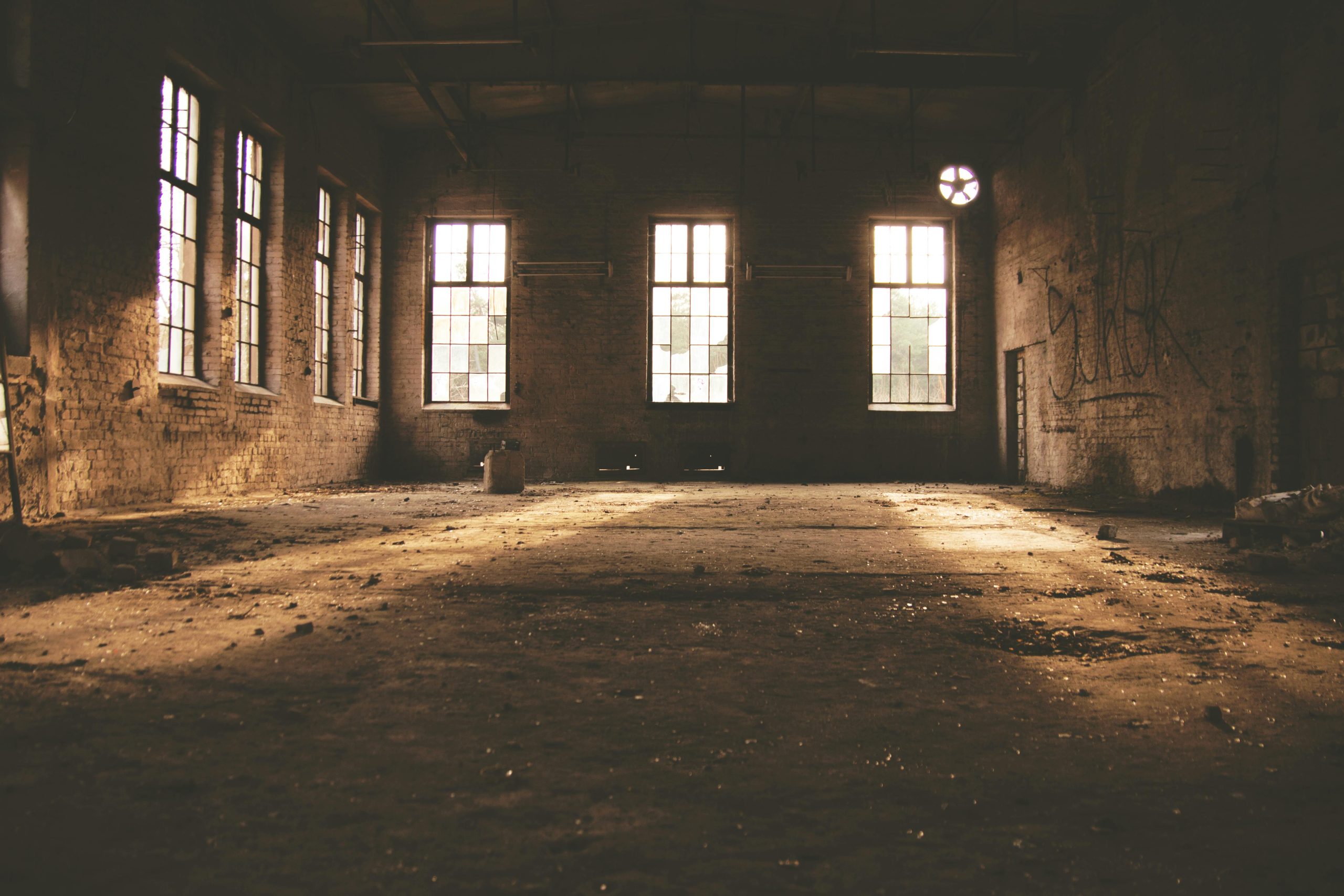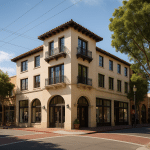The challenge of repurposing vacant properties is a common concern for urban planners, property developers, and community leaders worldwide. Vacant buildings and properties not only detract from a neighborhood’s aesthetic appeal but also pose potential safety hazards, such as vandalism, fires, or squatter occupation. Therefore, finding ways to repurpose these properties is essential to rejuvenating communities and utilizing valuable resources effectively.
One innovative approach gaining traction is the repurposing of vacant properties for new commercial uses. This approach not only brings new life to empty spaces but also fosters economic development and job creation. Here are some potential ways to repurpose vacant properties for commercial use:
1. Adaptive Reuse: Adaptive reuse involves repurposing existing buildings for new commercial purposes while retaining their original architectural features and historical significance. For example, a vacant warehouse could be converted into a trendy retail space, an old school into a vibrant co-working hub, or a former factory into a stylish apartment complex. Adaptive reuse not only preserves the character and charm of the original building but also reduces waste and environmental impact by reusing existing structures.
2. Pop-Up Retail: Pop-up retail, or temporary retail, is a creative way to repurpose vacant storefronts for short-term commercial use. This approach involves leasing a vacant property for a limited time to host a pop-up shop, art gallery, or other temporary retail experience. Pop-up retail allows entrepreneurs and small businesses to test new concepts, build brand awareness, and engage with customers without the long-term commitment of a traditional lease. Additionally, pop-up retail can help revitalize neighborhoods by attracting foot traffic and creating a sense of excitement and vibrancy.
3. Food Halls and Markets: Vacant properties, such as former department stores or warehouses, can be repurposed as food halls or markets, offering a diverse range of culinary options and artisanal products. Food halls and markets are popular destinations for locals and tourists alike, providing a unique dining and shopping experience while supporting local businesses. By repurposing vacant properties as food hubs, cities can create vibrant, community-oriented spaces that contribute to economic growth and neighborhood revitalization.
4. Community Centers and Event Spaces: Repurposing vacant properties as community centers or event spaces can provide valuable resources and gathering places for residents. For example, a vacant church could be transformed into a community center offering educational programs, recreational activities, and social services. Similarly, a former warehouse or industrial building could be converted into a versatile event space, hosting weddings, conferences, and cultural events. By repurposing vacant properties as community assets, cities can strengthen social connections and enhance quality of life for residents.
5. Mixed-Use Developments: Mixed-use developments combine multiple functions, such as residential, commercial, and recreational, within a single property. For example, a vacant lot could be developed into a mixed-use complex featuring retail shops, restaurants, office spaces, and residential units. Mixed-use developments promote walkability, sustainability, and diversity, creating vibrant, live-work-play environments that attract residents and visitors alike. By repurposing vacant properties as mixed-use developments, cities can maximize land use efficiency and create dynamic, inclusive communities.
Repurposing vacant properties for new commercial uses offers numerous benefits, from revitalizing neighborhoods and creating jobs to fostering economic development and supporting local businesses. By embracing innovative approaches such as adaptive reuse, pop-up retail, food halls, community centers, and mixed-use developments, cities can transform vacant properties into valuable assets that enhance quality of life and contribute to a more sustainable, resilient urban environment.
Own a Vacant Building? Contact the Gen3 team to see how you can repurpose your building to maximize value.





